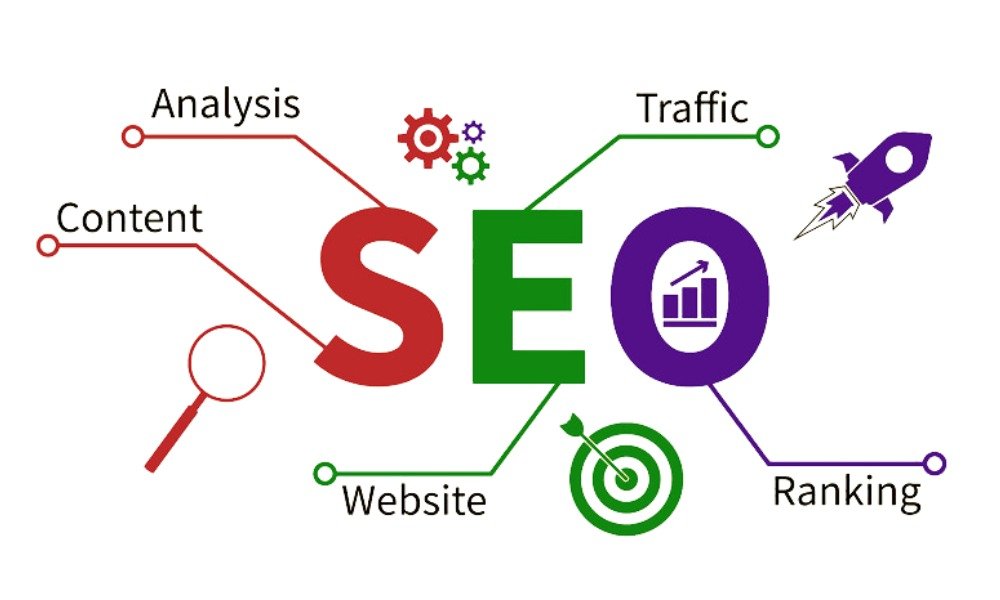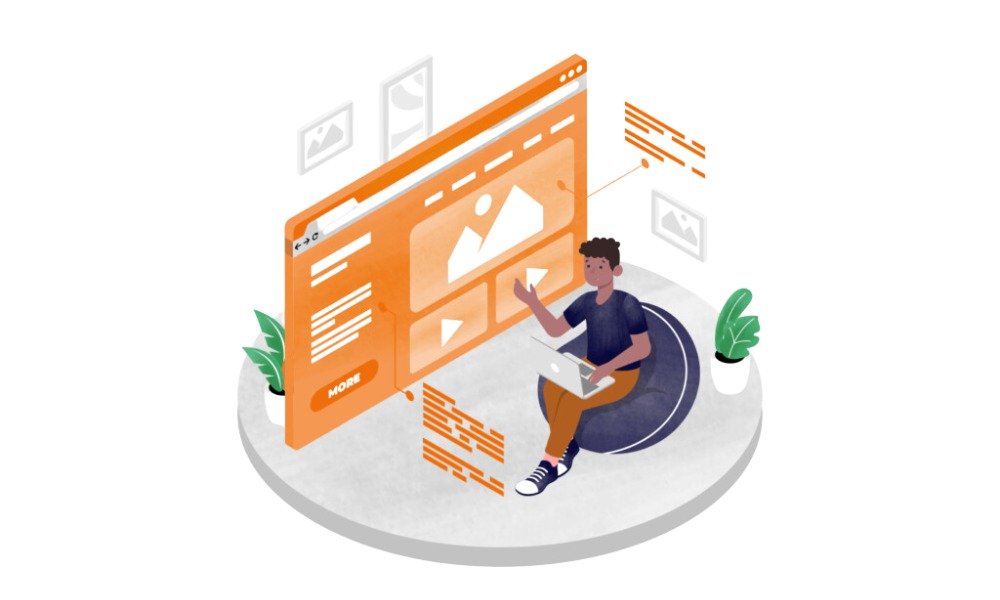A website should do more than just sit there looking nice. It should work as a digital salesperson, constantly attracting, engaging, and converting potential customers. If a site isn’t pulling in quality leads, it’s time to rethink the strategy.
Many businesses invest in design and content, but without the right approach, visitors may come and go without taking action. The key is to structure the site in a way that makes it easy for users to find value and take the next step.
What This Guide Covers
- How to attract the right audience and increase engagement
- The essential elements of a conversion-focused design
- Strategies for capturing and nurturing potential customers
- Tools and automation that streamline lead generation
- The best ways to track performance and optimize results
1. Attracting the Right Audience
Before optimizing for conversions, it’s important to ensure the right people are landing on the site. If traffic consists mostly of users who aren’t interested in the product or service, improving lead generation will be a challenge.
Using Search Engine Optimization (SEO) to Bring in Quality Traffic

- Optimize page titles, descriptions, and content to align with user intent
- Use a blog to provide valuable information while improving visibility on search engines
- Gain credibility and authority by securing links from reputable sites
For a deeper dive into how blog content contributes to visibility and engagement, check out this guide on blogging in digital marketing
2. Designing for Conversions
Once the right audience finds the site, it needs to be structured in a way that encourages action. A slow, cluttered, or confusing layout can drive visitors away before they even consider converting.
Key Elements of a High-Converting Website
- Simple and intuitive navigation that makes it easy to explore
- Mobile-friendly design to accommodate all users
- Fast load speeds to prevent frustration and early exits
Visual elements also play a role in keeping users engaged. Incorporating infographics and videos can help deliver information in a more compelling way
3. Optimizing Landing Pages for Better Performance

A landing page serves a specific purpose: to guide visitors toward taking action. Whether the goal is to encourage sign-ups, downloads, or purchases, the page must be structured for clarity and effectiveness.
Best Practices for Landing Pages
- Use a clear, compelling headline that instantly communicates value
- Include a persuasive call-to-action that stands out
- Minimize distractions by keeping the layout focused
- Use testimonials, case studies, or trust signals to boost credibility
Testing different variations of landing pages can reveal what resonates best with users. A/B testing techniques can help identify changes that drive better results
4. Capturing Leads Effectively
Traffic without conversions is wasted potential. Capturing user information allows businesses to continue the conversation and nurture relationships over time.
How to Get More People to Sign Up
- Use short, easy-to-fill forms that don’t overwhelm visitors
- Offer an incentive, such as a free resource, to encourage sign-ups
- Place forms in strategic locations, such as within blog posts or pop-ups
A poorly placed or overly complicated form can push users away. Keeping it simple and offering something of value increases the likelihood of capturing leads
5. Encouraging Action with Strong Calls-to-Action
Every page should guide visitors toward the next step. If users land on a page and don’t know what to do next, they’ll likely leave.
Elements of an Effective Call-to-Action
- Clear and action-driven messaging that tells users exactly what to do
- Contrasting colors that make buttons easy to spot
- Placement in areas where visitors are most likely to take action
The wording of a CTA also matters. Simple phrases like “Get Started” or “Claim Your Offer” often perform better than vague statements like “Learn More”
6. Leveraging Content for Lead Generation
A strong content strategy not only attracts visitors but also nurtures them into potential customers.
Ways to Use Content to Generate Leads
- Blog posts that educate and position a brand as an industry leader
- Free resources like eBooks, checklists, and templates in exchange for email sign-ups
- Email newsletters that keep audiences engaged over time
If content isn’t converting, it may need better targeting or structure. A well-planned content marketing strategy ensures that each piece serves a purpose
7. Automating Lead Generation for Efficiency
Manually following up with every visitor isn’t practical. Automation tools make it easier to nurture leads without requiring constant attention.
Tools That Help Streamline the Process
- Email marketing software to send automated sequences
- Chatbots that answer common questions and collect contact details
- Customer relationship management (CRM) systems to track interactions
For email automation specifically, check out these top email marketing tools that simplify outreach efforts
8. Tracking and Improving Performance
A successful lead-generation strategy isn’t something to set and forget. It requires ongoing monitoring and optimization.
Metrics to Keep an Eye On
- Where traffic is coming from and whether those visitors are converting
- The percentage of users who take action compared to total visitors
- Bounce rates that indicate whether people are leaving too soon
Using Google Analytics provides insights into what’s working and what needs adjustment
Final Thoughts
Turning a website into a lead-generating machine isn’t about luck. It requires a structured approach that focuses on attracting the right audience, optimizing design for conversions, capturing information effectively, and nurturing leads over time.
By continuously refining and improving these areas, a site can become a powerful tool for driving business growth. If the current setup isn’t delivering results, it’s time to make the necessary changes and start generating quality leads consistently


